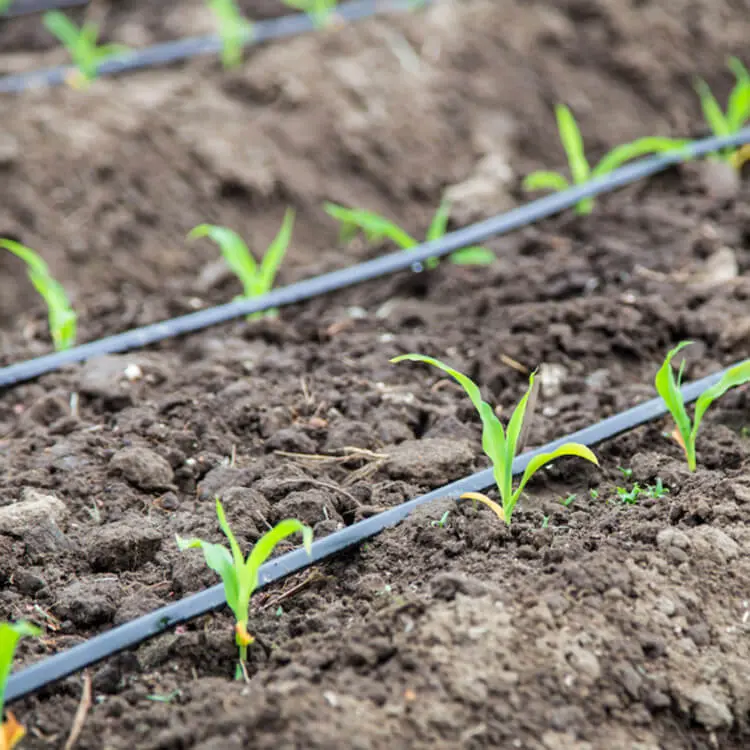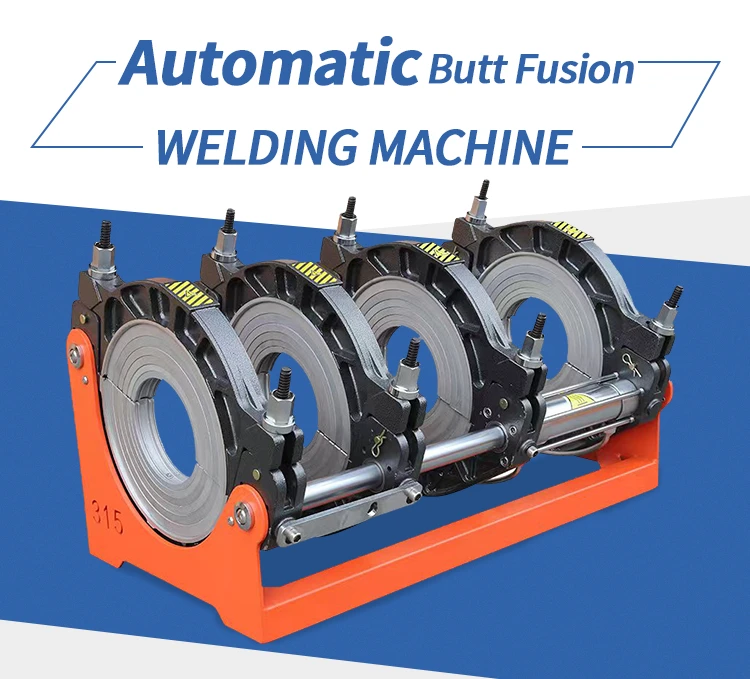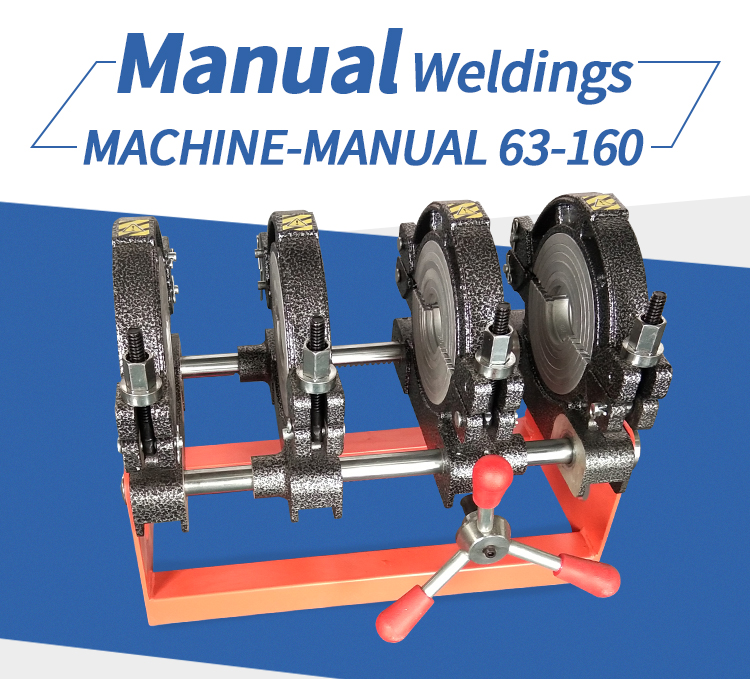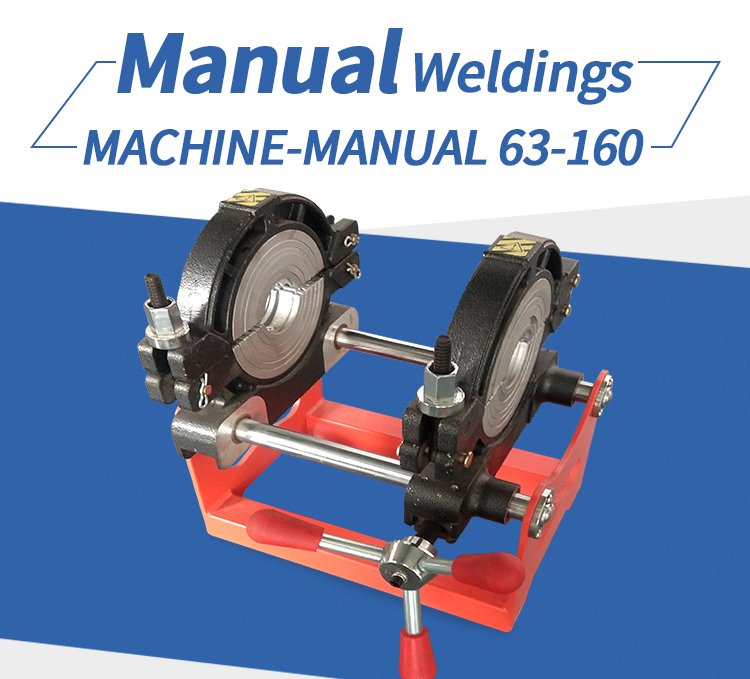What is HDPE agriculture pipe?
HDPE (High Density Polyethylene) agricultural pipes are specialized pipes designed for various agricultural applications. HDPE pipe is made from high-density polyethylene, a thermoplastic material known for its exceptional durability, flexibility, and chemical resistance. These pipes are widely used in the field of agricultural irrigation due to their many advantages and suitability for various agricultural operations.
What are the methods of modern agricultural irrigation?
Modern agricultural irrigation uses a variety of methods to provide water supply to meet the growth needs of crops. Here are some common modern agricultural irrigation methods:
Irrigation Method | Description |
Rainwater Irrigation | Utilizes natural rainfall as a water source for irrigation by collecting and storing rainwater. |
Sprinkler Irrigation | Water is distributed in the form of mist or spray through sprinkler heads or nozzles. |
Drip Irrigation | Water is delivered directly to the plant roots through drip emitters or drip tapes. |
Surface Irrigation | Water is supplied to fields through channels, ditches, or furrows, covering the surface area. |
Subsurface Irrigation | Water is applied below the soil surface using buried drip lines or subsurface irrigation systems. |
Micro Irrigation | Low-flow and high-efficiency irrigation method that delivers water in small droplets or mist. |
Intelligent Irrigation | Utilizes sensors, weather data, and automated control systems for precise water management. |
High-Efficiency Sprinkler Irrigation | Upgraded sprinkler system that reduces water loss and improves water distribution. |
Smart Control Systems | Incorporates automation and remote monitoring to achieve precise irrigation control. |
Modern agricultural irrigation uses a variety of irrigation methods and technologies to provide precise and efficient water supply to ensure crop growth and yield. These irrigation methods can be selected and adjusted according to field conditions, crop needs and water availability for sustainable agricultural production. With the continuous development of technology, more innovative irrigation methods and intelligent control systems will continue to emerge, which will promote the further development and improvement of agricultural irrigation.
Agricultural irrigation pipes are an essential part of modern agriculture, and any agricultural irrigation system uses this HDPE agricultural irrigation pipe.
Introduction
Modern farming practices require efficient and sustainable irrigation systems to optimize crop production. One such technology revolutionizing the agricultural industry is High-Density Polyethylene (HDPE) agriculture pipes. These pipes offer numerous advantages over traditional irrigation methods, making them an ideal choice for modern farming. This article will delve into the advancements, benefits, and applications of HDPE agriculture pipes in irrigation systems.
I. Understanding HDPE Agriculture Pipes
A. Definition and Composition
HDPE agriculture pipes are made from high-density polyethylene, a thermoplastic polymer known for its durability and flexibility.
The composition includes carbon atoms linked in a long chain structure, resulting in a hydrocarbon polyethylene molecule.
B. Manufacturing Process
HDPE pipes are produced through extrusion, where the polyethylene material is melted, shaped, and then cooled.
The extrusion process allows the creation of pipes with varying lengths, diameters, and thicknesses.
The manufacturing process of HDPE (high density polyethylene) agricultural pipes for modern agricultural irrigation usually includes the following steps:
Raw material preparation. The process begins with the preparation of the raw material, which is high-density polyethylene resin. Check the quality of the resin pellets before loading them into the hopper of the extruder.
Extrusion. The extruder melts the HDPE resin and feeds it into a specially designed screw mechanism. The screw mechanism transports the molten resin through a heated barrel where it is further melted and homogenized.
Pipe extrusion. After melting and homogenizing the HDPE resin, it is extruded through a die to form the desired pipe shape. The die gives the molten HDPE the necessary dimensions and characteristics, such as pipe diameter and wall thickness. Cooling water is usually circulated around the die to promote solidification and maintain the shape of the pipe.
Pipe Cooling. After extrusion, the newly formed HDPE agricultural pipe passes through a cooling bath or water spray system to rapidly cool and solidify the molten material. This step is critical to maintaining the shape and structural integrity of the pipe. This can meet the needs of modern agricultural irrigation.
Sizing and shaping. After the pipe is cooled, it enters the sizing and shaping unit. The unit consists of various calibration tools, such as vacuum sizing sleeves or mandrels, that help shape and size the pipe to the desired specifications. Sizing devices also help ensure dimensional accuracy and uniformity of the pipe.
Marking and Printing. If you want OEM agricultural tube. Upon request, the pipes can undergo a marking and printing process. This involves adding identification markings, logos or specific information to the surface of the pipe, such as manufacturer name, pipe size or standard compliance details.
Quality Control and Testing. Throughout the manufacturing process, quality control measures are implemented to ensure that the pipe meets the required standards and specifications. This includes periodic sampling and testing of pipe for attributes such as dimensional accuracy, wall thickness, tensile strength and impact resistance. Any pipes that do not meet quality standards will be rejected.
Storage and Packaging.After the pipe passes quality control checks, it is usually cut to length and stored in a designated area. Proper packaging is then employed to protect the pipe during transport and storage. Common packaging methods include bundling the pipe, wrapping it in plastic film, or placing it in wooden boxes or pallets.
Distribution: Haili's finished HDPE agricultural pipe is ready for distribution to customers, which may include farmers, agricultural equipment suppliers or irrigation system contractors. If you are going to purchase HDPE Agricultural Pipe, we can be your supplier. The demand potential of modern agricultural irrigation is great.
It is worth noting that the exact fabrication process may vary depending on the equipment used, tubing specifications, and the manufacturer's production setup. However, the above general steps provide a basic overview of the HDPE agricultural pipe manufacturing process for modern agricultural irrigation.
C. Key Features
Excellent Strength: HDPE agriculture pipes exhibit high strength and structural integrity, enabling them to withstand pressure and external loads.
Flexibility: The pipes offer flexibility, allowing them to handle natural ground movements without breaking or rupturing.
Chemical Resistance: HDPE pipes are highly resistant to chemical degradation, ensuring long-lasting performance even in corrosive soil environments.
UV Resistance: The pipes are designed to withstand prolonged exposure to ultraviolet (UV) radiation without deteriorating, making them suitable for outdoor applications.
With these features, HDPE agricultural pipes are ideally suited for modern irrigated agriculture.
II. Advancements in HDPE Agriculture Pipes
A. Improved Design
Modern HDPE agriculture pipes feature improved design elements such as ribbed surfaces, which enhance their hydraulic performance.
The addition of ribs increases turbulence and reduces velocity, resulting in improved water flow and distribution uniformity.
B. Enhanced Joining Methods
HDPE pipes can be joined using various techniques like butt fusion, electrofusion, and mechanical couplings.
These joining methods provide strong and leak-free connections, ensuring efficient water transfer throughout the irrigation system.
C. Integrated Drip Irrigation Systems
HDPE pipes can be integrated with drip irrigation systems to deliver water directly to the plant roots, minimizing water wastage and maximizing efficiency.
This integration of irrigation in modern agriculture allows for precise control of water supply, ensuring optimal moisture levels for different crops.
III. Benefits of HDPE Agriculture Pipes
A. Durability and Longevity
HDPE pipes have a long lifespan of 50 years or more, reducing the need for frequent replacements and maintenance.
Their resistance to corrosion, abrasion, and mechanical stress makes them highly durable, even in demanding agricultural conditions.
B. Efficient Water Management
HDPE pipes facilitate efficient water management due to their smooth interior surface, reducing friction losses and improving water flow.
The controlled water flow helps in preventing water stagnation, minimizing the risk of diseases and root rot.
C. Cost-Effectiveness
Although the initial cost of HDPE pipes may be higher than traditional alternatives, their long-term cost-effectiveness is evident.
Reduced maintenance, minimal leakage, and extended lifespan contribute to significant cost savings over time.
D. Environmental Sustainability
HDPE agriculture pipes are environmentally friendly, as they are manufactured from recyclable materials and have a low carbon footprint.
Efficient water usage and reduced water wastage contribute to sustainable farming practices, conserving precious water resources.
Formally because HDPE Agriculture Pipes has many of the above advantages, it is handy in drip irrigation and sprinkler irrigation in current agricultural irrigation.
IV. Applications of HDPE Agriculture Pipes
HDPE (High Density Polyethylene) agricultural pipes are widely used in modern agricultural irrigation. These pipes are ideal for agricultural irrigation systems due to their excellent performance and applicability. The following are the main applications of HDPE agricultural pipes in modern agricultural irrigation:
Farmland irrigation. HDPE agricultural pipes are widely used for water transportation in farmland irrigation systems. They can be used to transport water from water sources such as rivers, lakes or reservoirs to crops in fields. These pipes can be installed above or below ground and are available in different pipe diameters and wall thicknesses as required.
Sprinkler irrigation system. HDPE pipes play a key role in sprinkler irrigation systems. They are used to connect sprinklers, nozzles and irrigation lines to ensure smooth and even distribution of water to the crop root zone. The corrosion resistance and durability of HDPE pipe make it ideal for sprinkler irrigation systems.
Drip irrigation system. HDPE pipes are widely used in drip irrigation systems. These pipes are used to connect drip lines and drip irrigators to deliver accurate amounts of water directly to the roots of the plants. The corrosion resistance and low leakage rate of HDPE pipe make it the first choice for efficient drip irrigation systems.
Water storage tanks and water towers. HDPE pipes can be used to connect agricultural storage tanks and water towers to ensure sufficient water sources for farmland irrigation systems. These pipes have excellent corrosion resistance and durability, able to withstand long-term water pressure and environmental influences.
Drainage system. HDPE pipes are used for water discharge in farmland drainage system. They can be used to drain excess irrigation water or rainfall to maintain proper soil moisture and prevent flooding. These pipes can effectively drain water and avoid the adverse effects of flooding on crops.
Water treatment systems. HDPE pipes are increasingly used in agricultural water treatment systems. They can be used to convey and distribute treated water sources such as irrigation water, spray water and wastewater treatment from livestock and poultry farms. The chemical stability of HDPE pipes allows them to safely transport and treat a variety of water sources.
HDPE agricultural pipes have a wide range of applications in modern agricultural irrigation. They provide vital infrastructure for agricultural production by providing durable, corrosion-resistant, efficient and reliable water transport. With the advancement of agricultural technology and the demand for sustainable development, the application prospects of HDPE agricultural pipes will continue to expand.
Conclusion
HDPE agriculture pipes have emerged as a game-changer in modern farming irrigation. Their advanced design, durability, and cost-effectiveness make them a preferred choice for farmers looking to enhance crop production while practicing sustainable agriculture. With their numerous benefits and applications across different irrigation methods, HDPE pipes are reshaping the way we irrigate plants and enabling more efficient water management in agriculture. As technological advancements continue to improve the performance and versatility of HDPE agriculture pipes, they will play a pivotal role in meeting the challenges of feeding a growing global population while conserving water resources.

688.webp)
781.webp)
678.webp)





659.webp)
210.webp)


